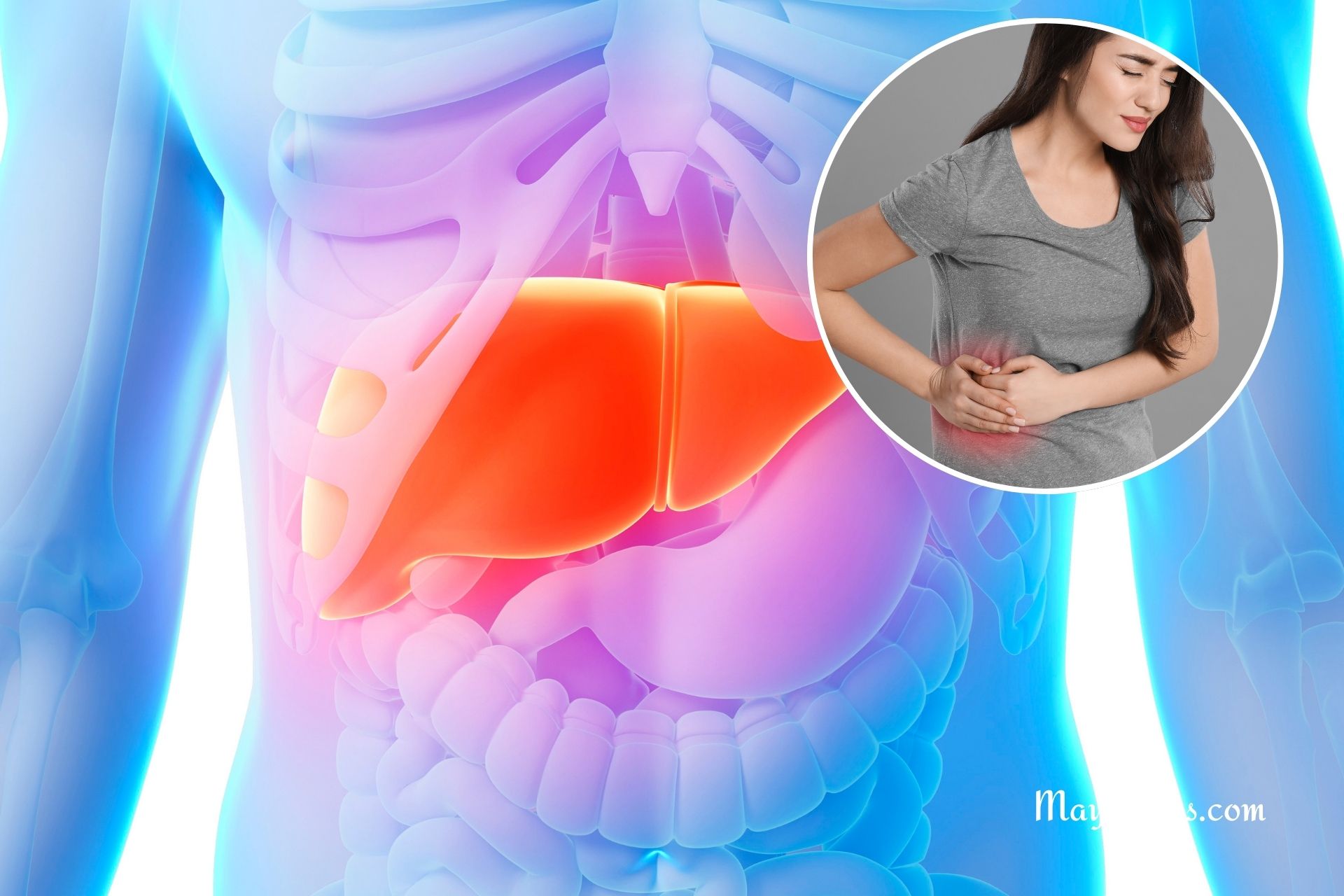Symptoms of Atopic Dermatitis
Atopic Dermatitis, commonly known as eczema, might seem like a straightforward skin condition, but it’s a complex enigma that affects each individual differently. Imagine your skin as a sensitive shield, reacting intensely to even minor irritants or changes. This is the daily reality for someone with Atopic Dermatitis. Let’s dive into the symptoms and understand this condition better.
Symptoms

1. Itchy Skin
One of the most common and noticeable symptoms of atopic dermatitis is itchy skin. This isn’t just a mild itch; it’s often intense and can disrupt your daily activities or sleep.
2. Red or Discolored Patches
Look out for areas of redness, especially on the face, inside the elbows, behind the knees, and on the hands and feet. In darker skin tones, these patches might be brown, purple, or gray.
3. Dry, Sensitive Skin
Atopic dermatitis often makes your skin extremely dry. This dryness can make your skin more sensitive and prone to irritation from environmental factors.
4. Inflammation and Swelling
The affected areas can become inflamed, leading to swelling. This inflammation can be uncomfortable and even painful.
5. Oozing or Crusting
In severe cases, you might notice oozing or crusting over the affected areas. This happens when the skin is broken and fluid leaks out, forming a crust as it dries.
6. Rough, Leathery Patches
Over time, repeatedly scratching or rubbing the skin can lead to thick, rough patches. These areas can develop a leathery texture.
7. Changes in Pigmentation
Long-term atopic dermatitis can cause the skin to become lighter or darker in the affected areas.
When to Seek Help
If you or your child shows signs of Atopic Dermatitis, speak with your healthcare professional. They’ll ask about the itchiness, rash location, symptom history, family history of similar conditions, and potential triggers. Diagnosis often hinges on these discussions, as well as a physical examination.
The Diagnostic Criteria
Diagnosis typically requires a combination of factors, including visible skin irritation, a history of dry skin, and possibly a family history of related conditions like asthma or hay fever. In children, onset age is also considered.
The Triggers and Causes
Atopic Dermatitis is like a mystery with many potential culprits. It’s often found in individuals prone to allergies, indicating a hypersensitivity to various allergens. While the exact cause remains elusive, it’s clear that this condition can run in families and may coexist with other allergic conditions.
Environmental and Dietary Factors
Triggers can be as varied as soaps, detergents, weather changes, and even certain foods. For those with severe cases, especially young children, food allergies might play a significant role. However, allergy tests are not always necessary unless there’s a strong indication of a food-related trigger.
Managing Atopic Dermatitis
While there’s no cure for Atopic Dermatitis, effective management is possible. It’s all about relieving symptoms and improving quality of life.
Treatment Methods
- Self-Care Techniques: These include avoiding known triggers and reducing scratching.
- Emollients: Daily use of moisturizers helps manage dry skin.
- Topical Corticosteroids: These are used for reducing inflammation during flare-ups.
Final Thoughts
Living with Atopic Dermatitis can be a challenging journey, filled with ups and downs. Understanding the symptoms, recognizing the triggers, and finding effective management strategies are crucial. Remember, you’re not alone in this. With the right approach, Atopic Dermatitis can become a manageable part of life, not an overwhelming obstacle.






